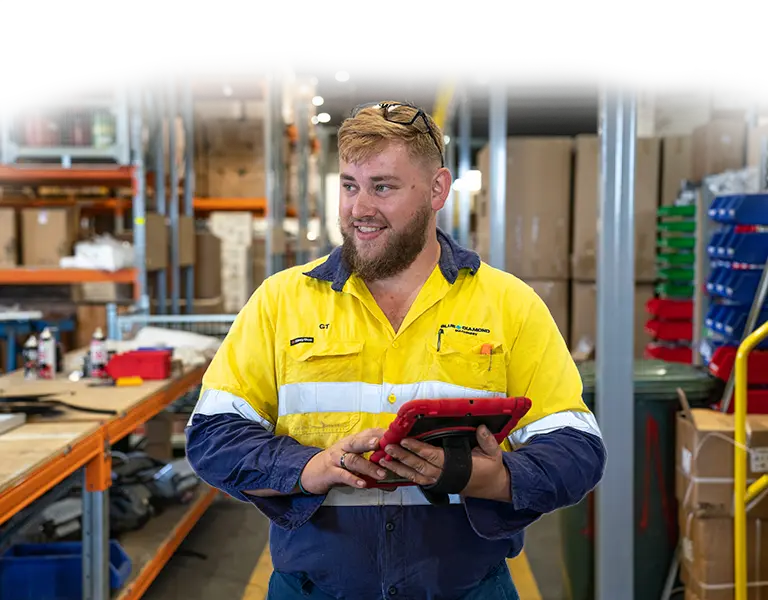Hydrogen technology can be finnicky. There are a lot of moving parts to turn this state-of-the-art genset into a viable solution for the rental and construction industries. But when it all comes together, it’s almost a symphony of unrivalled zero emission energy production unlike anything else on the market. But first, here’s what it needs:
- Toyota Fuel Cell
- Lithium ion phosphate battery
- Electric controllers and a software management system with online and remote monitoring
Each component works harmoniously with one another to provide immediate dispatchable power to service an electrical load – any electrical load. In the case of the GEH2 electro-hydrogen generator, it’s more productive, cleaner and completely waste-free.

